Best Practices
Learn how to get the most out of RefineAI with these recommended best practices for code optimization, integration, and workflow.
Configuration Best Practices
Optimize Configuration for Your Project
Tailor RefineAI's configuration to match your project's specific needs for the best results:
Use specific include/exclude patterns
Target only the code that needs optimization by using specific file patterns. Exclude test files, generated code, and third-party libraries.
Choose the right analysis depth
Use "standard" depth for regular optimization runs and "deep" for comprehensive analysis when you have more time available.
Enable relevant categories
Focus on the categories that matter most for your project. For example, prioritize performance for compute-intensive applications or security for user-facing services.
Store configuration in version control
Keep your RefineAI configuration in version control to ensure consistent optimization across your team and CI/CD pipeline.
Recommended Configuration Templates
Start with these configuration templates based on your project type:
Web Application
- • Focus on performance and security
- • Analyze frontend and backend code
- • Optimize for browser rendering and API efficiency
Backend Service
- • Prioritize performance and scalability
- • Focus on database query optimization
- • Analyze memory usage and resource efficiency
Mobile Application
- • Optimize for battery usage and performance
- • Focus on UI rendering efficiency
- • Analyze network request optimization
Data Processing Pipeline
- • Focus on algorithm efficiency
- • Optimize memory usage patterns
- • Analyze parallel processing opportunities
Workflow Integration Best Practices
Integrate RefineAI into Your Development Workflow
Maximize the benefits of RefineAI by integrating it seamlessly into your development process:
Pull Request Based Optimization
Enable RefineAI to analyze pull requests and provide optimization suggestions as comments. This helps developers learn best practices and improve code quality during the review process.
Regular Codebase Analysis
Schedule weekly or bi-weekly full codebase analyses to identify optimization opportunities that might not be caught in individual pull requests. This helps address technical debt and maintain code quality over time.
Performance Regression Prevention
Configure RefineAI to fail CI/CD checks when critical performance issues are detected. This prevents performance regressions from being merged into your main branch.
Security-First Approach
Prioritize security optimizations by configuring RefineAI to always flag security issues as critical. This ensures that potential vulnerabilities are addressed promptly.
Recommended Workflow Patterns
These workflow patterns have proven effective for different team sizes and project types:
Small Teams (1-5 developers)
- •Run RefineAI on all pull requests with automatic optimization PRs enabled
- •Schedule weekly full codebase analysis to catch broader issues
- •Dedicate time each sprint to address optimization suggestions
Medium Teams (6-20 developers)
- •Run RefineAI on all pull requests with comments only (no automatic PRs)
- •Schedule bi-weekly full codebase analysis with optimization PRs
- •Assign a rotating "optimization champion" to review and merge optimization PRs
Large Teams (20+ developers)
- •Run RefineAI on pull requests for critical components only
- •Schedule monthly full codebase analysis by component/module
- •Form a dedicated performance team to review and implement optimizations
Optimization Best Practices
Implementing Optimizations Effectively
Follow these best practices when implementing RefineAI's optimization suggestions:
Prioritize optimizations by impact
Focus on optimizations with the highest performance impact first, especially those in frequently executed code paths or critical user journeys.
Implement optimizations incrementally
Apply optimizations in small, focused batches rather than all at once. This makes it easier to identify and resolve any issues that might arise.
Verify optimizations with tests
Always run your test suite after implementing optimizations to ensure they don't introduce regressions. Add new tests if necessary to cover optimized code paths.
Measure before and after
Benchmark your application before and after implementing optimizations to quantify the actual performance improvements. This helps validate the effectiveness of the changes.
Document optimization decisions
Add comments or documentation explaining why certain optimizations were implemented, especially for complex changes. This helps future developers understand the reasoning behind the code.
Optimization Strategies by Project Type
Different types of projects benefit from different optimization approaches:
Frontend Applications
- • Prioritize rendering performance optimizations
- • Focus on bundle size reduction
- • Implement code splitting and lazy loading
- • Optimize asset loading and caching
Backend Services
- • Optimize database queries and indexing
- • Implement efficient caching strategies
- • Focus on memory usage and garbage collection
- • Optimize API response times
Mobile Applications
- • Prioritize battery usage optimizations
- • Optimize startup time and app size
- • Implement efficient offline capabilities
- • Focus on smooth animations and transitions
Data Processing Systems
- • Optimize algorithm efficiency and complexity
- • Implement parallel processing where possible
- • Focus on memory usage patterns
- • Optimize I/O operations and data serialization
Common Pitfalls to Avoid
Be aware of these common mistakes when working with RefineAI:
- •Premature optimization: Don't optimize code that isn't a performance bottleneck. Focus on areas with measurable impact.
- •Blindly accepting all suggestions: Review each optimization suggestion in context. Not all suggestions may be appropriate for your specific use case.
- •Ignoring test coverage: Ensure you have adequate test coverage before implementing optimizations to catch any regressions.
- •Optimizing for the wrong metrics: Make sure you're optimizing for metrics that actually matter to your users and business goals.
- •Sacrificing readability for performance: Balance performance gains with code readability and maintainability. Extremely optimized but unreadable code can be a maintenance nightmare.
